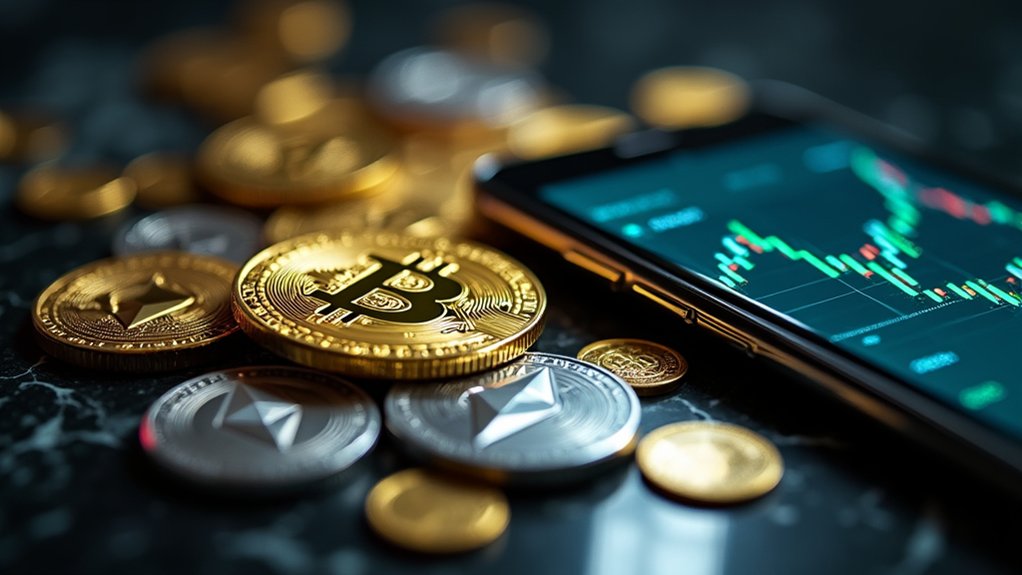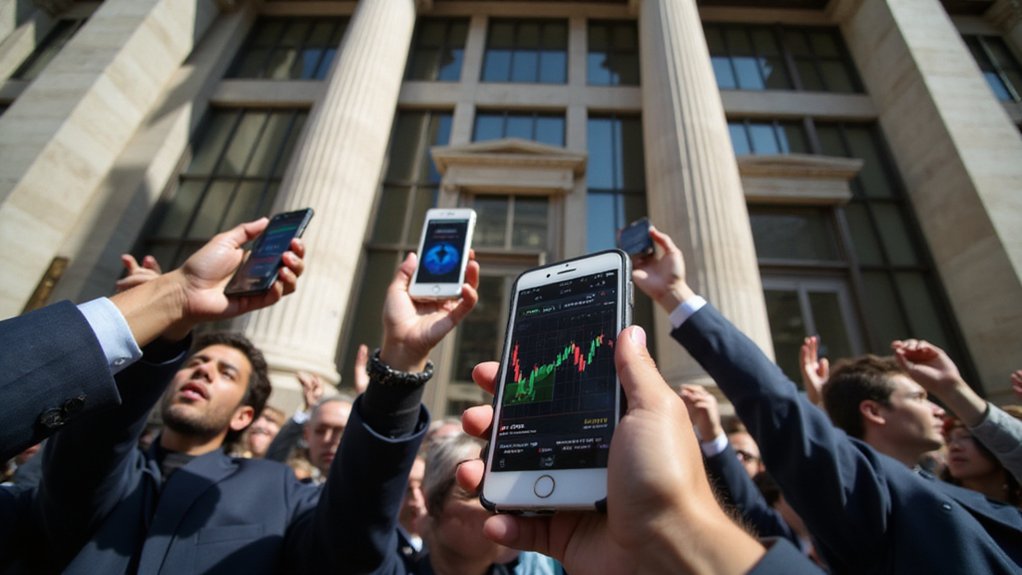South Korea’s banking establishment is orchestrating what may be the most audacious challenge to the dollar’s stranglehold on digital currency markets since the euro’s inception—though this time, the battlefield is stablecoins rather than foreign exchange reserves. Eight major banks, including KB Kookmin, Shinhan, Woori, and KEB Hana, are collaborating to launch a won-pegged stablecoin by late 2025, targeting a market where 99% of the $239 billion in stablecoins are dollar-denominated.
South Korea’s banking consortium launches unprecedented assault on dollar-dominated stablecoins through won-pegged digital currency collaboration.
The timing appears anything but coincidental. President Lee Jae-myung’s 2025 election victory signaled a dramatic policy reversal from previous crypto crackdowns, while the proposed Digital Asset Basic Act creates regulatory scaffolding that transforms what was once financial heresy into legitimate banking strategy. The Virtual Asset User Protection Act, enforced since July 2024, has provided the compliance framework that traditional banks apparently needed to overcome their institutional hesitations.
KB Kookmin’s trademark applications—32 for won-based stablecoins and 49 for other currency-pegged variants—suggest ambitions extending far beyond domestic market share. The bank has established a Digital Asset Response Council spanning multiple affiliates, while Woori Bank reactivated dormant crypto projects through its newly formed Digital Asset Team.
Shinhan and KEB Hana have created dedicated custody service divisions, indicating this isn’t mere regulatory box-checking but fundamental business model expansion.
The stablecoin will employ either trust-based or deposit-backed structures (pending regulatory approval), with support from the Korea Financial Telecommunications and Clearings Institute providing infrastructure legitimacy. Partnerships with blockchain startups and endorsements from the Open Blockchain nonprofit and Decentralized Identity Association suggest ecosystem buy-in extending beyond traditional banking circles.
Whether this consortium can meaningfully challenge dollar dominance remains questionable—after all, network effects in digital currencies tend toward monopolization rather than fragmentation. Meanwhile, the U.S. is advancing its own federal framework for stablecoin regulation through the GENIUS Act, which establishes comprehensive oversight for the $170 billion stablecoin market.
However, the broader implications are clearer: South Korea’s financial establishment is positioning itself for a digital currency future where national sovereignty and monetary policy intersect with blockchain technology. The won-pegged stablecoin represents less a direct assault on dollar hegemony than a strategic hedge against continued marginalization in an increasingly digitized global financial system.




